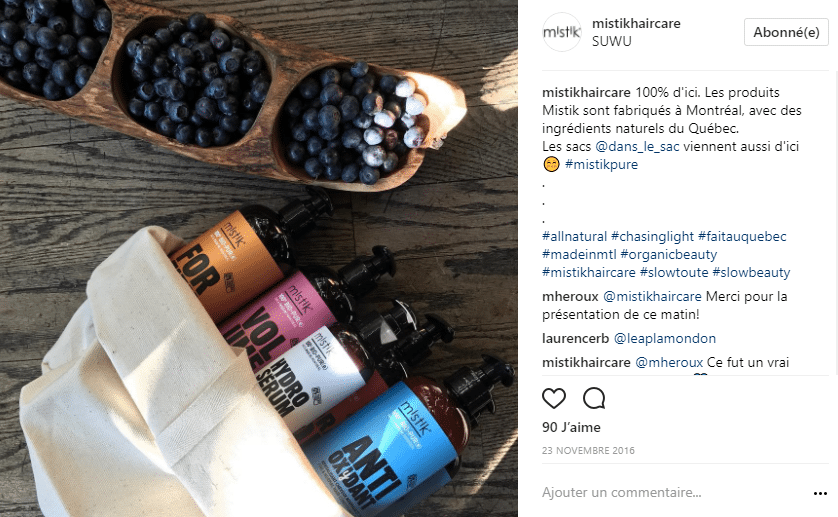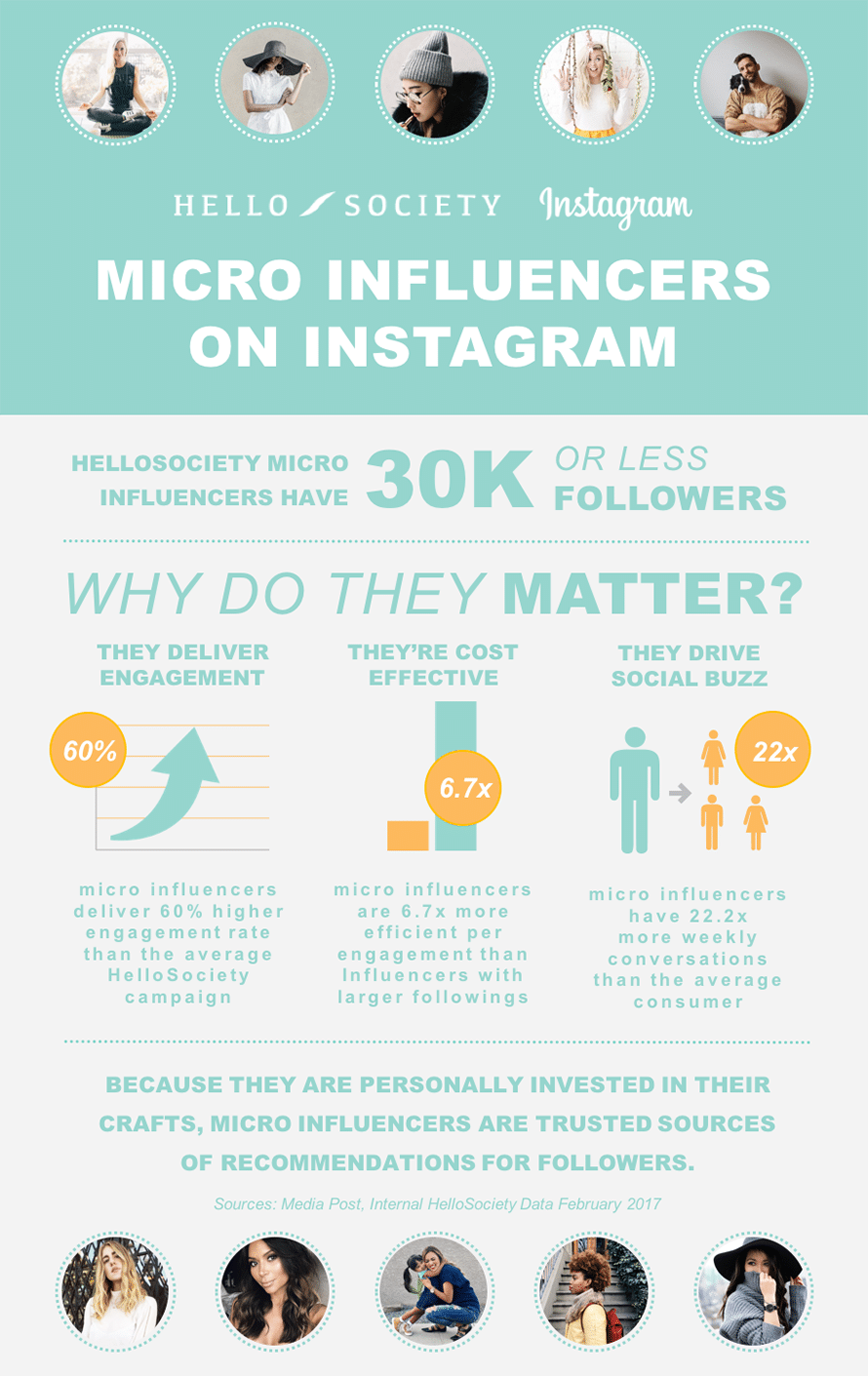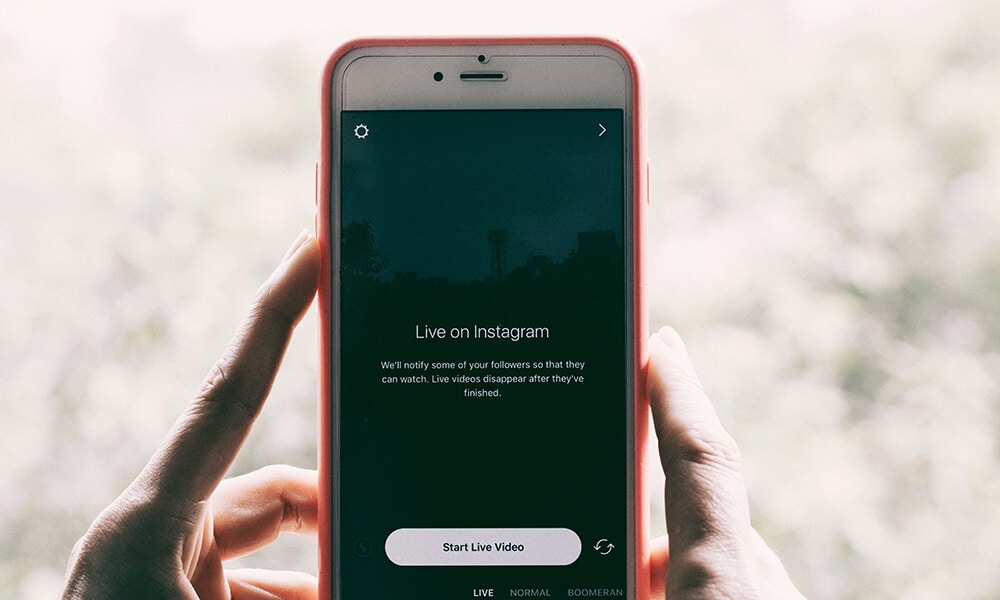3 tips to help build your online community
Today, building your brand’s social media presence is no longer an option. It’s a necessary part of a strong communications strategy, whether you’re a small entrepreneur starting out on Etsy or a major multi-national. Brands use their social platforms to increase their visibility, communicate directly with customers, and drive sales. Yet, with the constant evolution of both technology and consumer behaviour, building an online community can be overwhelming for any entrepreneur not equipped with the right resources.
Which platforms are right for your brand? What’s your editorial voice, your visual branding? How much should you spend on content creation? What’s the added value of influencer partnerships? Should you invest in paid media support? These are all questions that need to be answered ahead of time to put in place a successful strategy.
Here are 3 other tips to consider:
1 – Reap Real Results with an Integrated Approach
Influencer campaigns have become increasingly popular over the last few years. They are great way to build engagement with existing customers and recruit new ones. However, these “collaborations” done without context result in a weak ROI. Successful partnerships must be thought of in terms of an integrated approach: media relations, eventing, influencer marketing, and owned social media content must be aligned to complete one another & communicate the same message at the same time. For example, when an influencer tags a brand properly in their post, users are directed to its account, thus increasing its visibility. When the brand produces great content that complements the influencer’s post, the increased reach can convert into fan or follower acquisition. In general, the conversion rate varies between 5% & 25% of earned impressions. In one case, BICOM client Mistik, a natural haircare brand, increased their Instagram followers by 30% in less than 24H following their launch event. Having dynamic content already published to their account and constant interaction with the guests while they posted were key success factors. Likewise, the earned media mentions generated after the event were incorporated to their weekly editorial calendar.

2- Build Strong Relationships with the Right People
When working with influencers, brands also have to make sure that their message is being understood by the right people. It’s easy to have an Instagram model with 300K followers post your jeans with #ad, when you pay for it, but is that investment really translating into brand equity or sales?The size of a partners’ audience is not the most important consideration. Their engagement rate is far more impactful. As a study by HelloSociety has shown, working with an influencer with 30,000 followers that are extremely dedicated and loyal will result in a higher conversion rate. With a smaller market in Canada, micro-influencers has an even smaller audience. Furthermore, if your partner and their community share the same values as your brand, then you will also build authentic brand love.The same goes for consumers. These are your brand loyalists, the people who consider your product or service as part of their personal identity. Their power of persuasion, especially as a group, is just as strong as any Kardashian.

Yet, how do you go by identifying them? Sure, there exists tools like Traackr that can help, but this is proper planning really makes a difference. Identify a list of popular hashtags related to your brand. As a restaurant, what are the trending hashtags that foodies in your city use? Who has published the popular content on that tag? Who is following your competitors? Who are the tastemakers in your industry? Once armed with this information, start interacting: follow, like, comment, repost, be grateful. Build a real relationship with your consumers. This helps to grow your community and will help to single out your loyalists. They will be the ones who like and comment on every post you publish. They are valuable. So, it’s also important to reward them with contests, surprise gifts, and shout outs.
3- Test. Test. Test. Measure. Measure. Measure.
The sheer amount of content published daily is tremendous. On Facebook, 3.3 million posts are shared every 60 seconds, while 500 hours of video are uploaded to YouTube in that same time frame. The best way to create memorable content is to dare to try something new. Meanwhile, getting stuck in the same pattern will make an account obsolete. A great example is Complex media video strategy. They’re constantly trying new formats. Some of them stick like their daily vlogs and Hot Ones. Others, not so much. Regardless, their successful evolution is a result of fearless attitude. It’s important for brands to experiment with new forms of content that show their products in a new light. Test different things and determine what kind of content gets the most engagement for your audience. The trick is, however, is not to invest too much time or money in this first phase. This means that you can save the polish for a second phase, once a concept has proven to work already. The same goes with publishing frequency and schedule. Try publishing the same content at different times and on different days to determine which gets the better results. This will help you better understand how tricky algorithms can impact your account.
When testing, keeping track of results is essential. Therefore, it is crucial to set KPIs and metrics ahead of time. These will vary from one brand to the next, or from one campaign to another. They depend entirely on your objective. To drive sales, clicks and conversions will be more important than interactions. Conversely, for brand equity, interactions are more meaningful than impressions. In sum, with social media, it’s crucial to take the time to plan strategically and figure out how your approach fits in to your overall marketing strategy, your objectives, and your brand values. Once a playbook is in place, it’s easier to adapt to the latest curveball the industry sends your way and to eventually be one step ahead
